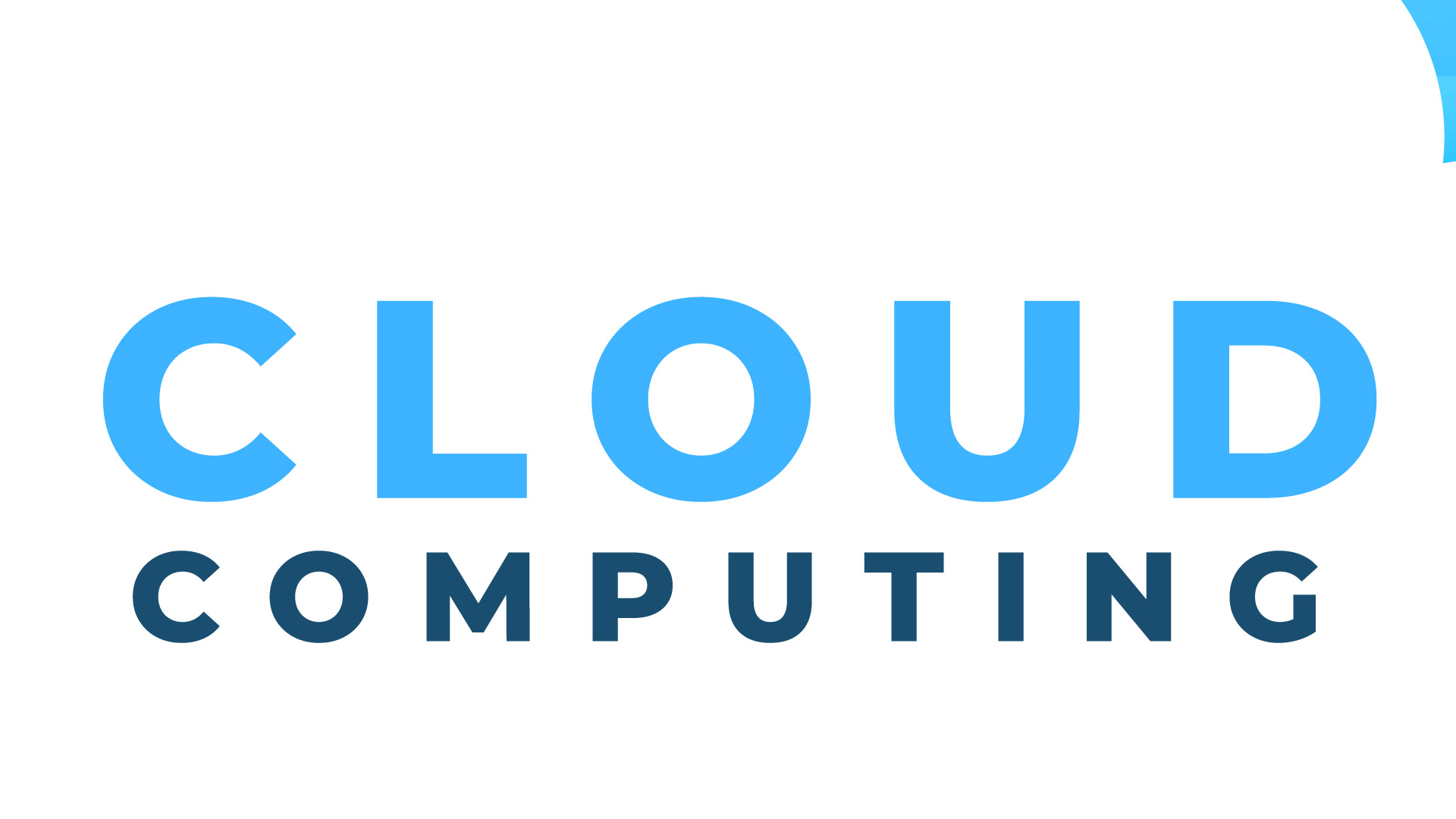
Cloud computing and virtualization are not interchangeable terms, nor are they two different options to choose from when building your IT environment, systems, or networks. Virtualization was created in the 1960s. It maximizes the use of hardware resources by creating a virtual layer on a host or computer. Virtualization is the core of cloud computing. Because of it, cloud providers can provide a wide range of different services, operating systems and other virtual machines, while maximizing the use of the data center.
What is cloud computing?
Cloud computing has revolutionized IT infrastructure, eliminated hardware and software costs, and allowed customers to access these resources through the Internet. Cloud computing resources include physical and virtual services, applications, data storage, development tools, artificial intelligence services and virtual machines.
Cloud assets are hosted in the cloud data center and managed by the cloud service provider. Cloud computing allows companies to pay only for what they use, operate with a high level of security, automate through built-in cloud functions, and take advantage of innovations such as machine learning.
Cloud computing can run on public clouds provided by Google Cloud, Microsoft Azure Cloud, Amazon Web Services and other providers, or on private clouds.

Key features of cloud computing
Reduce costs while increasing technology availability: Cloud computing enables organizations to acquire the latest technologies without investing in expensive hardware and software that drive innovation.
Improve deployment and return on investment: Deploying IT systems in the cloud greatly reduces the time required for companies to start operations, and will quickly affect performance and return on investment.
Service, scale, support and security: Cloud providers provide a wide range of services, fully support all levels of employees and built-in security. These functions can reduce costs, and help improve business and enhance its security - only a few clicks can complete the expansion in the cloud.
Virtualized IT: With cloud computing, organizations can quickly create virtualized IT infrastructures, including servers, operating systems, software, networks, and other infrastructures.
What is virtualization?
Virtualization is the layered creation of virtual machines on hosts. Using software called Virtual Machine Manager, users can create multiple virtual machines on their data servers, computers, or hosts. For example, through virtualization, if the customer needs to run three different operating systems, namely, macOS, Windows and Linux, instead of having to start three machines, the user can create them virtually in a data center or host.
Although anyone can create their own virtual machine, virtualization is brought to the extreme in cloud computing. Virtualization is the essence of cloud computing. Cloud providers make full use of their data centers and hosts by providing a variety of virtual machines that can be deployed with just a few clicks. Virtualization not only saves time and money. Virtual machines can be transferred from one host to another almost instantaneously, avoiding the risk of downtime when a host is shut down.
The software that coordinates the virtual machines on the host is called the hypervisor. It acts as the interface between physical hardware and virtual machines, ensuring that all virtual machines obtain the required processing power and resources from the hardware. As the name implies, a virtual machine is a device that exists virtually in the form of software. Virtual machines can copy operating systems or create virtual networks.
The first type of hypervisor or "bare metal" is the most common hypervisor used to create virtual machines. They directly interact with hardware and physical resources that replace traditional operating systems. The second type of hypervisor runs as an application on the operating system installed in the main hardware, and is mainly used for endpoint devices to run alternative operating systems.
Main characteristics of virtualization
Virtual machine: Virtualization creates a virtual machine on the primary host.
Agility and performance: The ability to create virtual machines on one hardware provides companies with unlimited possibilities to maximize the use of resources.
Cost saving: Virtualization saves costs by creating virtual machines and IT infrastructure on the cloud or other data centers. Virtual machines can also improve disaster recovery and business continuity.
Virtual operating systems and virtual networks: Organizations can utilize different operating systems and networks by deploying virtual machines, which enables them to build complex IT architectures while maintaining low costs.
Support development, operation and maintenance: Virtual machines can be easily turned off or turned on, migrated and adjusted to provide maximum flexibility for development. They can also be used for testing environments, rapid migration and consolidation of systems in a server.
What is the difference between cloud computing and virtualization?
Without the concept of virtualization, there is no cloud computing. The difference between cloud computing and virtualization is that the former is a term specifically used for computing resources, which can be accessed on demand through the Internet. In contrast, virtualization refers to the simple creation of virtual machines, which are completely software layers on the host or main hardware.
On the other hand, cloud computing is a broader term, including everything cloud provides, from data storage to AI analysis. Cloud computing is a kind of service, which is usually provided to customers in the form of infrastructure as a service, platform as a service and software as a service. Although virtualization can also be provided as a service, it is more commonly used as a technical term. This term defines how to use hardware resources to create virtual networks and virtual machines.





